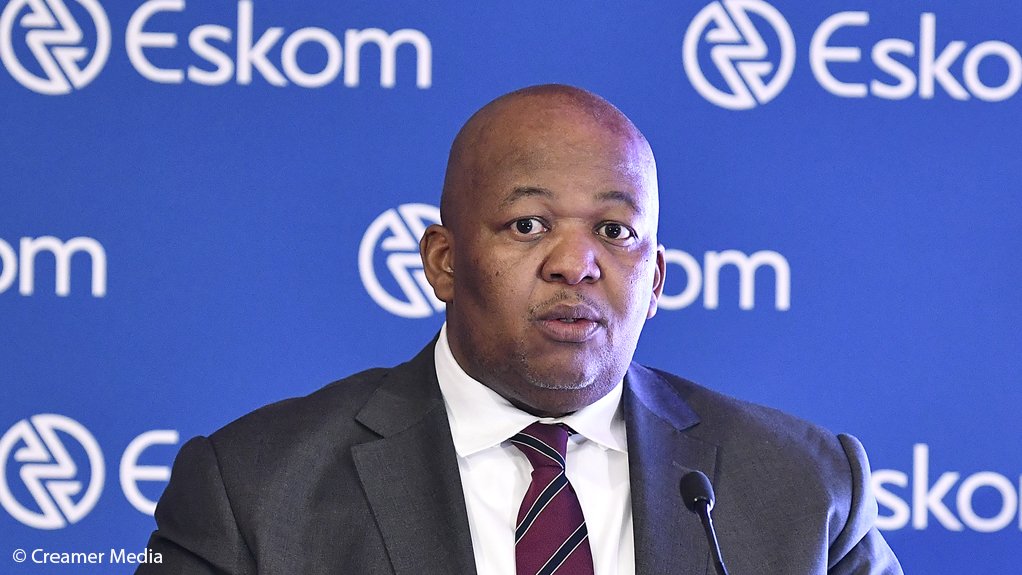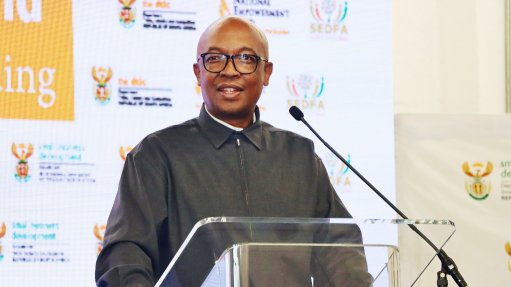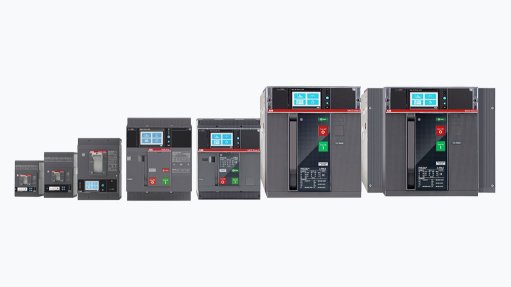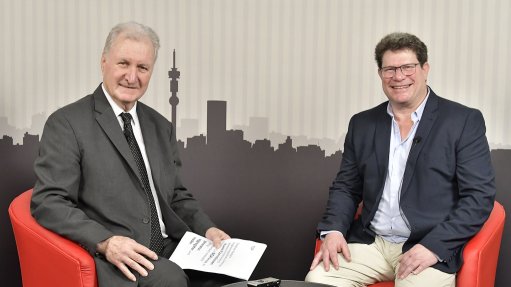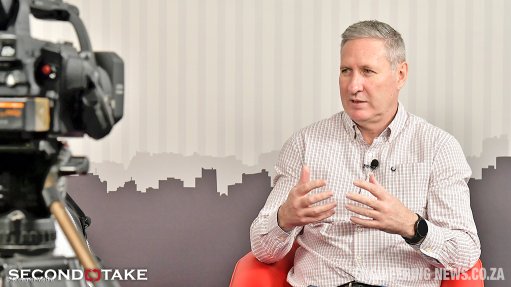Eskom reports progress on 5 GW 'repowering' pipeline as $2.6bn CIF approval is secured
Eskom has confirmed that it has a 5 GW pipeline of so-called ‘repowering’ projects at various stages of development on the sites of six coal power stations, including Komati, which has already stopped operating and where 122 MW of solar PV and 150 MW of battery storage is under development.
Addressing the most recent Presidential Climate Commission (PCC) meeting, CEO Dan Marokane said that solar PV, wind and battery storage, or BESS, project development work was also under way at Grootvlei, Arnot, Camden and Hendrina, while a gas-to-power project was being assessed at Kriel, alongside PV and BESS.
Eskom is targeting commercial operation before 2030 for most of the projects, as it seeks to integrate cleaner generation into its coal-heavy mix and reduce its overall emissions by 40% by the same date.
“Just Energy Transition (JET) strategies have been approved for Hendrina, Camden, Grootvlei, and are advanced for Arnot and Kriel,” Marokane said, adding that the projects would be pursued in partnership with the private sector.
However, he also told the commissioners that the utility was assessing various technologies to help its existing coal stations, which are currently operating under an exemption from the country’s minimum emissions standards, meet legislated air-pollution limits. These included coal cofiring with ammonia, so-called high-efficiency, low emission solutions and wet and dry flue gas desulphurisation.
The projects are at various stages of development, and beside the 122 MW of solar PV and 150 MW of BESS at Komati, include:
- 195 MW of solar PV and 150 MW of BESS at Grootvlei;
- 800 MW of solar PV, 200 MW of BESS and 168 MW of wind at Arnot;
- 680 MW of solar PV at Camden;
- 587 MW of solar PV at Hendrina; and
- 800 MW of solar PV, 200 MW of BESS and 1 000 MW of gas-to-power at Kriel.
Having secured regulatory and environmental approvals for the Komati projects, Eskom is aiming to award contracts for a 72 MW solar PV project and the 150 MW BESS project at Komati during 2025.
The Komati projects were receiving priority in light of criticism relating to the fact that the power station was retired before the repowering projects were ready to proceed; a lesson that Marokane said had been transferred to other sites where more upfront preparatory work was being carried out ahead of plant stoppages.
A report published this month by the PCC titled ‘Komati’s Just Transition: Assessing progress, challenges, and lessons’ concluded that greater effort should be made to prepare repowering and repurposing projects ahead of decommissioning to improve sequencing, community engagement and to designate responsibilities.
“It is clear from talking to stakeholders that implementing a just transition is difficult and time-consuming under the best conditions, but it is even more challenging within the context of high levels of poverty, unemployment, and inequality,” the report states, while reaffirming the PCC’s commitment to supporting JET initiatives at Komati.
Meanwhile, Eskom’s confirmation of its repowering project pipeline came days after the June 11 approval of an update to South Africa’s Accelerating Coal Transition investment plan by the Climate Investment Funds' (CIF’s) Clean Technology Fund Trust Fund Committee.
CIF FUNDING
In seeking approval from the World Bank-linked fund, Eskom modelled that it could meet its 65-million-ton to 72-million-ton CO2-equivalent emissions reduction target under a delayed coal decommissioning schedule, which was needed to unlock the CIF funds. This, after Eskom rescheduled decommissioning of the Camden, Grootvlei, and Hendrina power stations from 2027 to 2030.
Nevertheless, it was unclear until June 11 whether this would be sufficient to convince the committee, including its US representatives, particularly in light of America’s withdrawal, under President Donald Trump, from supporting South Africa’s Just Energy Transition Investment Plan (JET-IP).
With the approval secured, however, up to $2.6-billion could now be unlocked, including $500-million from the Clean Technology Fund, of which $50-million would be in the form of a grant and $450-million in the form of a highly concessional CIF loan.
The balance would be raised from multilateral development banks at concessional rates ($900-million), private investors ($875-million), development finance institution loans ($300-million), and other funders ($30-million).
The Presidency’s Rudi Dicks told the PCC that Eskom was to be the recipient of these CIF funds and also confirmed residual international commitments to South Africa’s JET-IP of $12.85-billion, following America’s withdrawal.
Marokane said engagements were under way with various multilateral development banks for front loading and upfront repowering and repurposing at Camden, Grootvlei and Hendrina.
He also reported progress on various ‘repurposing’ initiatives, including containerised microgrid assembly, an agrivoltaics project, welder training and skills development.
Various strategy, enterprise development and community projects were being prioritised under the repurposing banner, including copper recycling, steel component fabrication, a small business accelerator, a call centre and a commercial agriculture project on a 15-ha site.
“Repurposing initiatives have been focused to enable economic diversification and job creation in the affected areas,” he said.
Article Enquiry
Email Article
Save Article
Feedback
To advertise email advertising@creamermedia.co.za or click here
Comments
Press Office
Announcements
What's On
Subscribe to improve your user experience...
Option 1 (equivalent of R125 a month):
Receive a weekly copy of Creamer Media's Engineering News & Mining Weekly magazine
(print copy for those in South Africa and e-magazine for those outside of South Africa)
Receive daily email newsletters
Access to full search results
Access archive of magazine back copies
Access to Projects in Progress
Access to ONE Research Report of your choice in PDF format
Option 2 (equivalent of R375 a month):
All benefits from Option 1
PLUS
Access to Creamer Media's Research Channel Africa for ALL Research Reports, in PDF format, on various industrial and mining sectors
including Electricity; Water; Energy Transition; Hydrogen; Roads, Rail and Ports; Coal; Gold; Platinum; Battery Metals; etc.
Already a subscriber?
Forgotten your password?
Receive weekly copy of Creamer Media's Engineering News & Mining Weekly magazine (print copy for those in South Africa and e-magazine for those outside of South Africa)
➕
Recieve daily email newsletters
➕
Access to full search results
➕
Access archive of magazine back copies
➕
Access to Projects in Progress
➕
Access to ONE Research Report of your choice in PDF format
RESEARCH CHANNEL AFRICA
R4500 (equivalent of R375 a month)
SUBSCRIBEAll benefits from Option 1
➕
Access to Creamer Media's Research Channel Africa for ALL Research Reports on various industrial and mining sectors, in PDF format, including on:
Electricity
➕
Water
➕
Energy Transition
➕
Hydrogen
➕
Roads, Rail and Ports
➕
Coal
➕
Gold
➕
Platinum
➕
Battery Metals
➕
etc.
Receive all benefits from Option 1 or Option 2 delivered to numerous people at your company
➕
Multiple User names and Passwords for simultaneous log-ins
➕
Intranet integration access to all in your organisation



